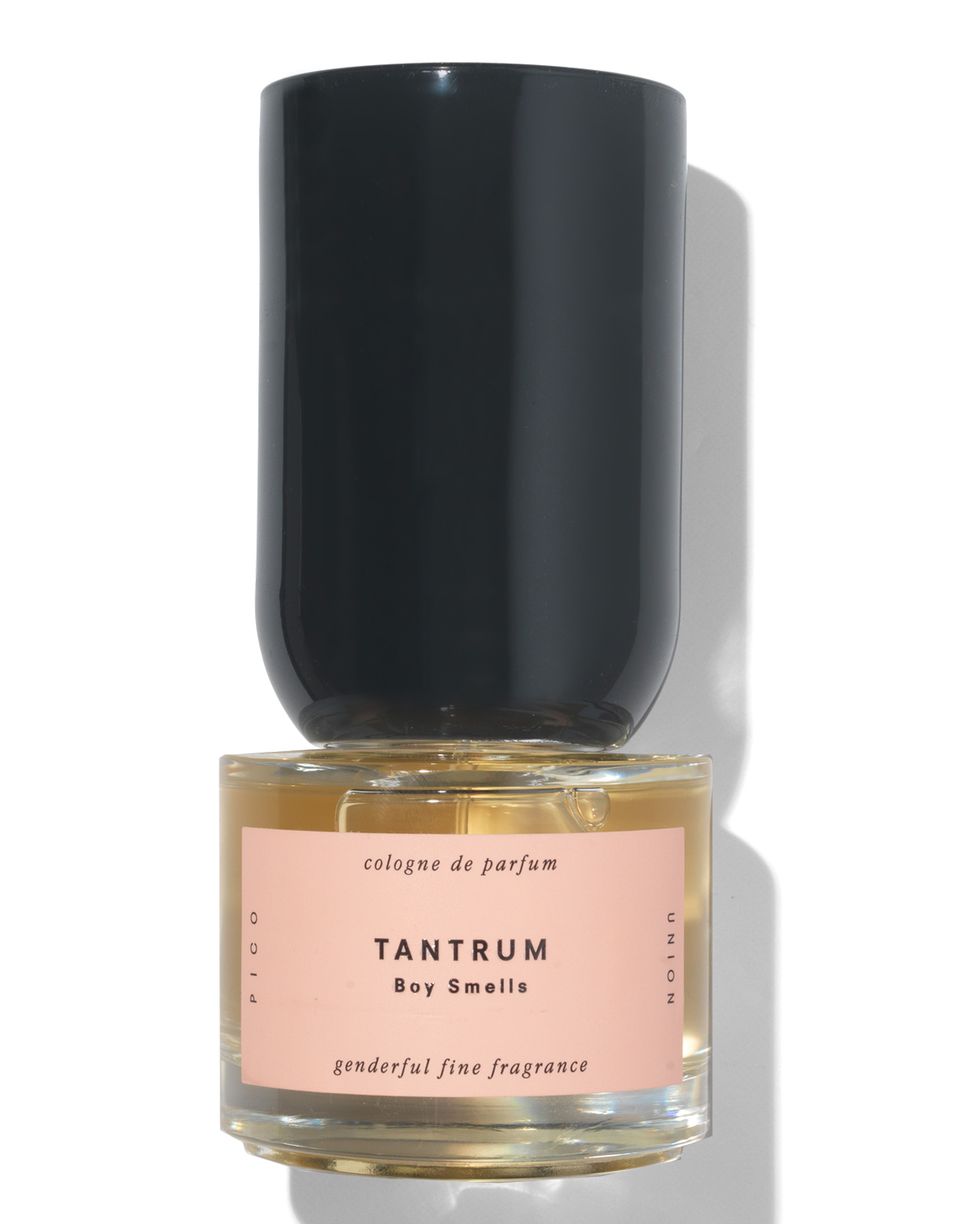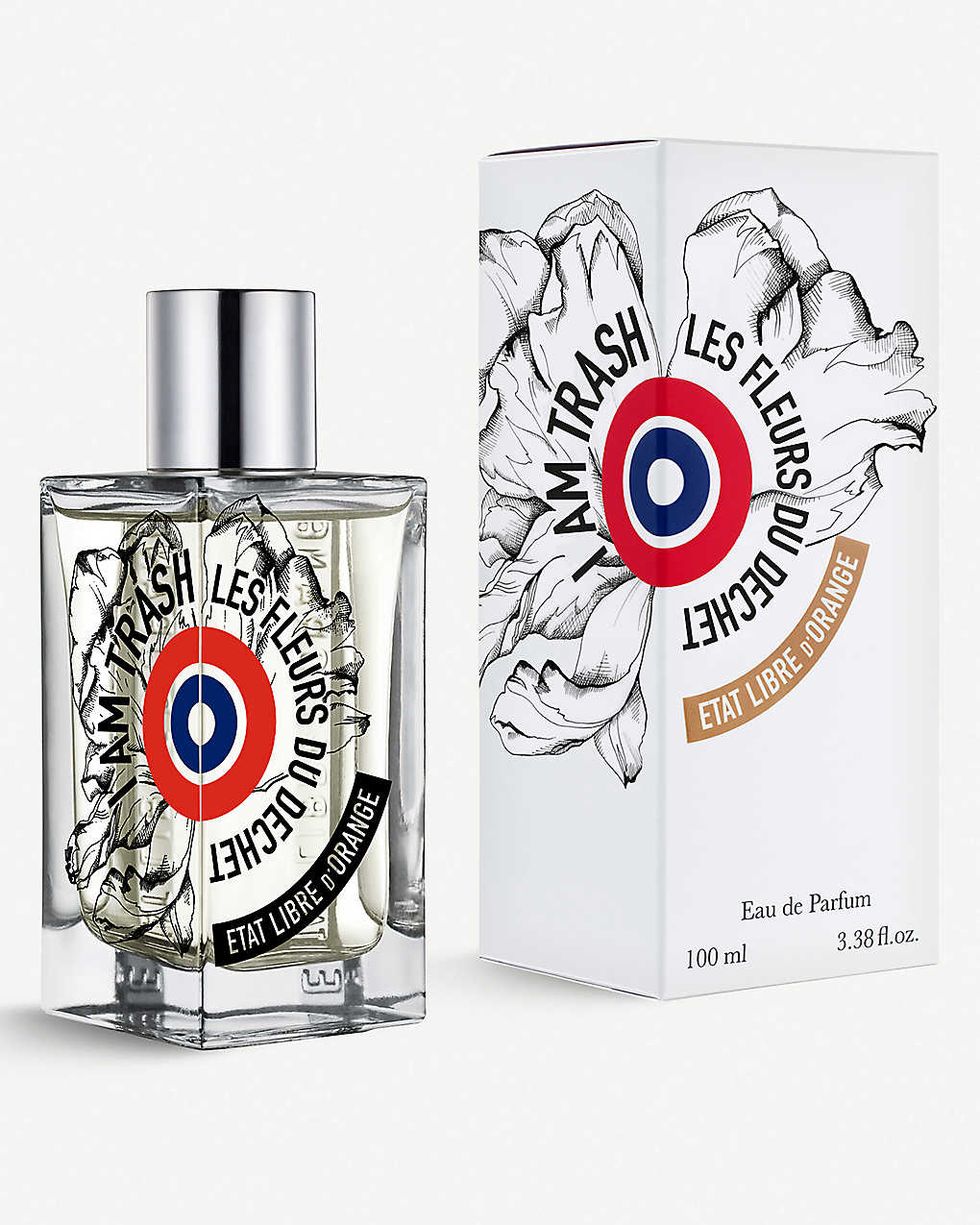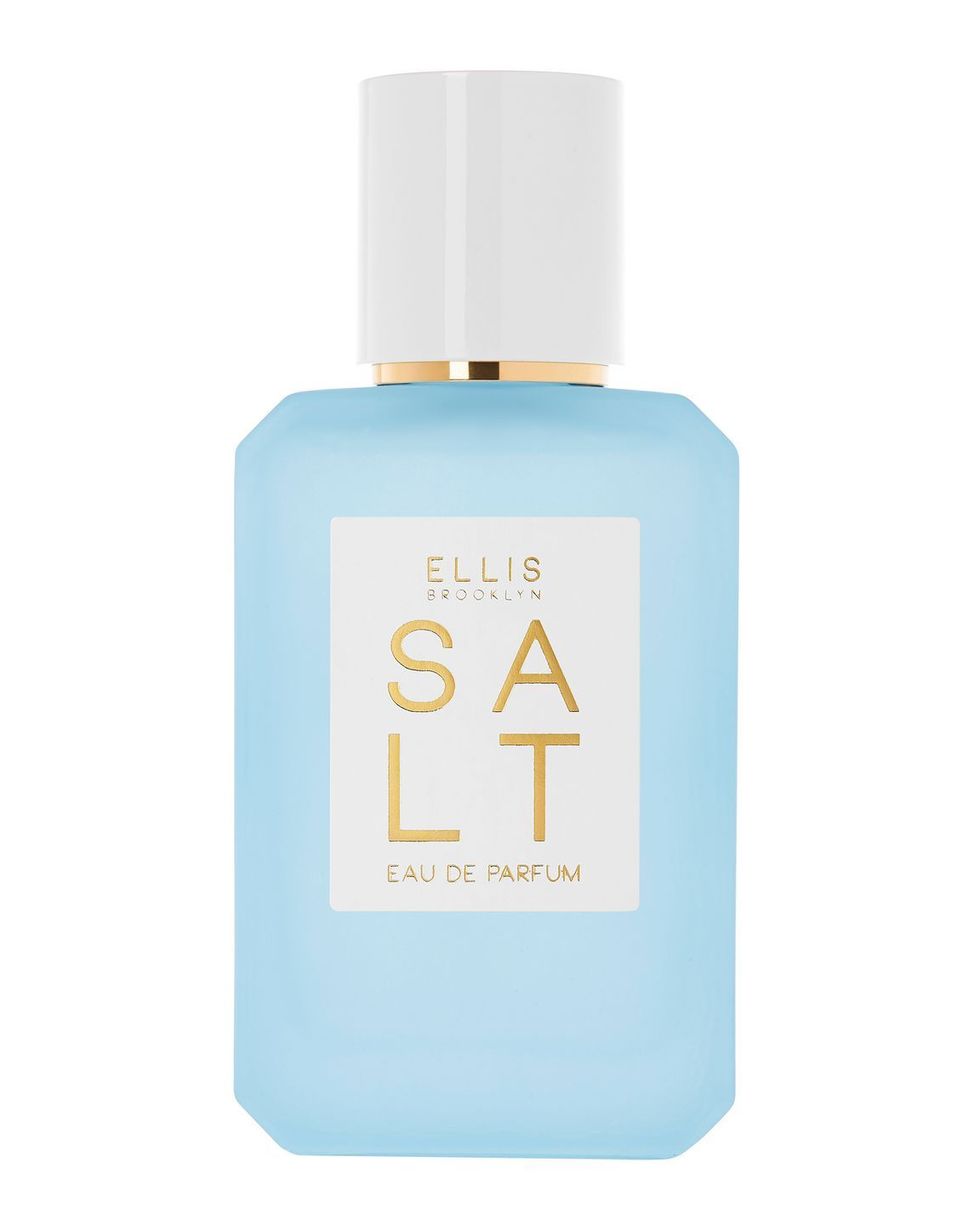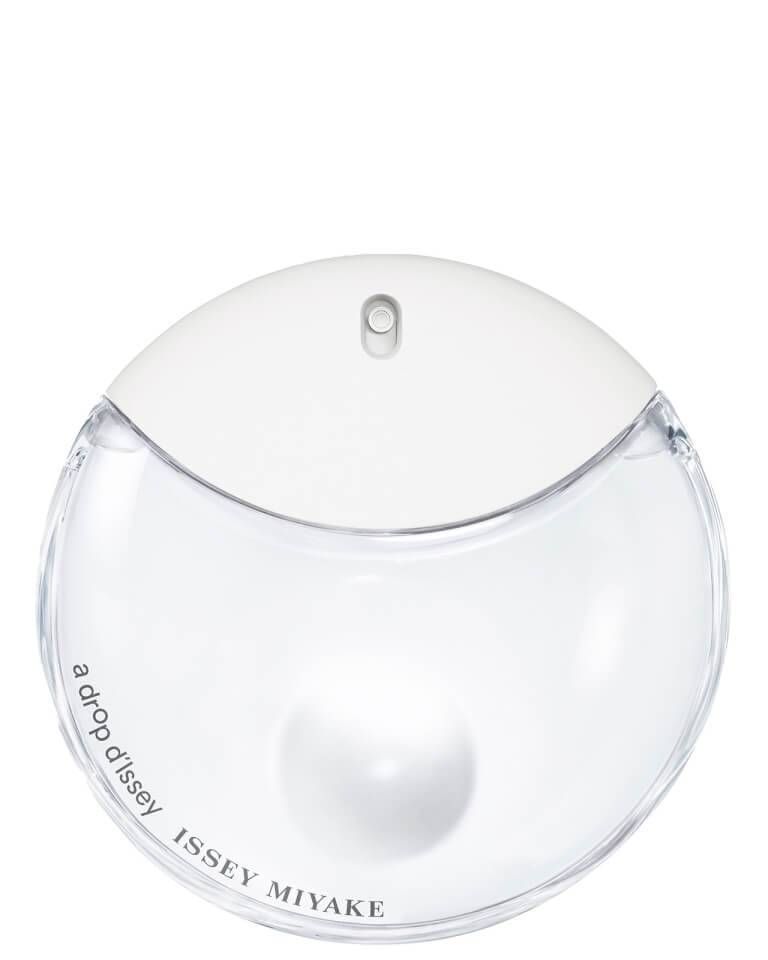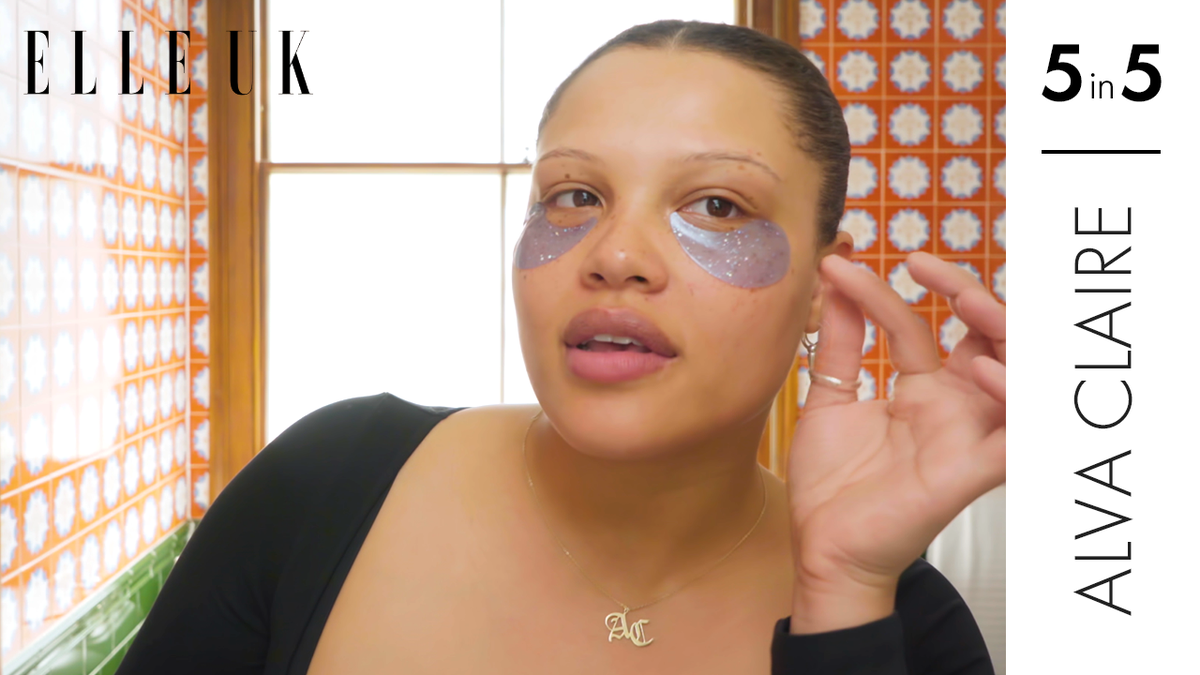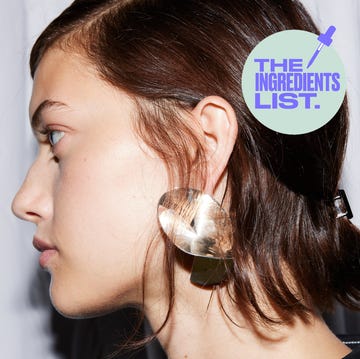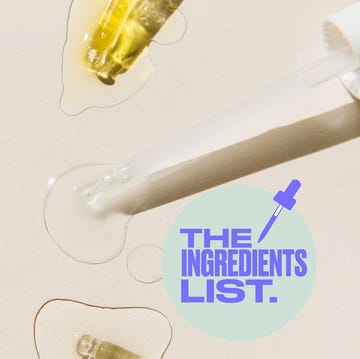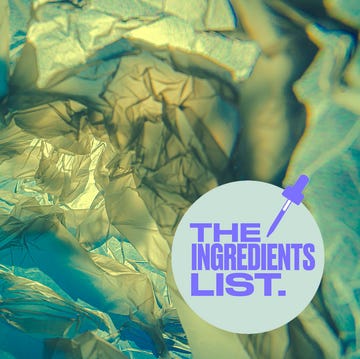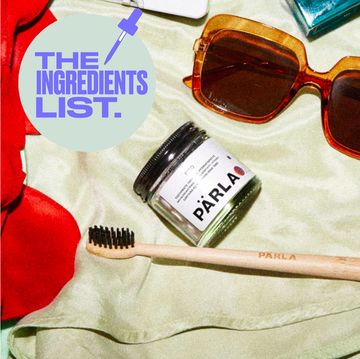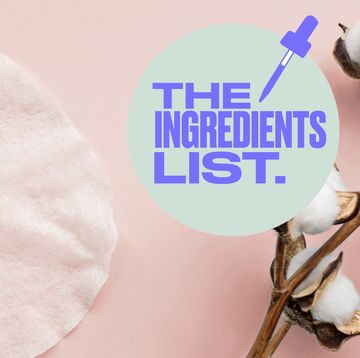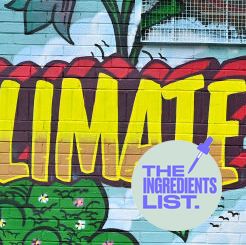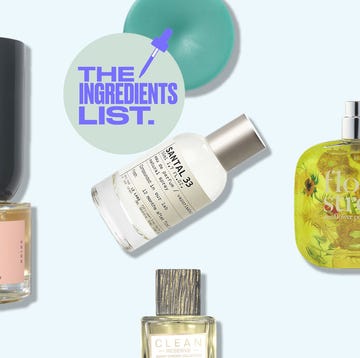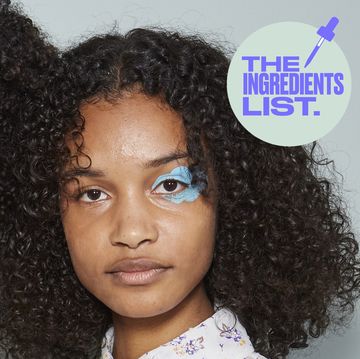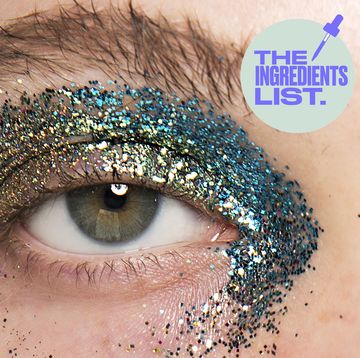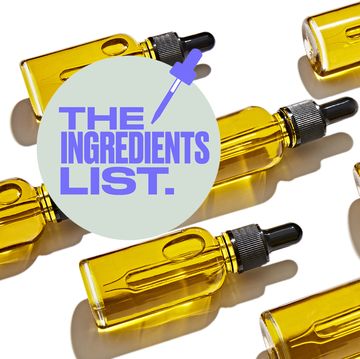The Ingredients List - Breaking down the what, where and why of natural and eco-friendly beauty.
A perfume made with alcohol that started out as pollution. A sophisticated cedarwood note from leftover sawdust. Meet the new breed of upcycled fragrances: quiet rebels that literally trash the rules of traditional perfumery and take familiar notes from unexpected places. Zero waste is the new playground of perfume – and it’s refreshing as hell.
For the uninitiated, ‘upcycling’ is a process where leftovers are re-imagined to produce something new rather than ending up in landfill. Re-using deadstock – old garments and fabric scraps – is already an antidote to ‘fast fashion’. So it was only a matter of time before the idea crossed into the beauty sphere and waste coffee grounds found their way into body scrubs, closing the loop on our skincare.
Now, as a new post-pandemic mood blows in, some of the world’s most pioneering perfumers are setting their sights on circular fragrance and ‘slow scent’. 'It's pretty amazing what we can do when we're resourceful,' says Bee Shapiro, New York Times beauty columnist and founder of Ellis Brooklyn fragrances. 'I love that with upcycled ingredients, we're using waste, or something that was going to get tossed anyway, and we’re turning it into a beautiful scent ingredient. It's truly a clean way to approach fragrance.'
What are upcycled perfumes?
Upcycled fragrance notes are derived from waste and discarded natural ingredients, such as fruit, wood pulp or spent rose petals. An appealing characteristic is that they cut back on growing and harvesting new materials, which saves on water and land, not to mention over-farming of ingredients such as sandalwood.
'Natural ingredients are very focused on where they are grown,' says Shapiro. 'Upcycling puts the focus on how and where the materials are reclaimed.' Given that the fragrance industry produces 92 million tonnes of waste each year during the manufacturing process, making sure these by-products are reused, rather than ending up as landfill, is a huge victory-blow for the planet.
How are upcycled fragrances made?
The first luxury perfume created by upcycling was Etat Libre d’Orange 'I Am Trash'. Alongside unwanted apples from the food industry, it takes rose petals and sandalwood chips already used in other fragrances and distills them a second time. 'Upcycling is progressive – there is simply no future without reprocessing our trash,' says founder Etienne de Swardt. 'There’s also something poetic about connecting beauty with waste.'
Some repurposed waste, however, comes from pretty unexpected places. Shapiro uses jasmine left over from Indian religious ceremonies. Others, including Issey Miyake 'A Drop d’Issey' and The Nue Co. 'Forest Lungs', distill cedarwood oil from wood pulp and sawdust shavings otherwise wasted by the furniture industry.
Is upcycling the future of fragrance?
That these ‘trashed’ ingredients smell so good merely adds to their universal appeal. Despite its name, 'I Am Trash' is gorgeous: warm, fruity and surprisingly feminine. Ellis Brooklyn 'Salt' smells so much like sea-licked skin you’ll struggle to keep your nose away from your wrists. While Boy Smells 'Tantrum', with its in-your-face notes of peppercorn, bergamot and upcycled cedarwood, is like perfume stomping in six inch stilettos.
Upcycled materials are also said to produce a more complex smell than straight-up perfume oils. 'Initially I was concerned that they would have a diluted quality, as many are created from previously distilled materials, but it's exactly the opposite,' says Belinda Smith, founder of New York-based St. Rose. 'Instead, the olfactory quality is unique and makes certain facets more intense, which is an amazing way to intentionally influence a composition in a certain direction.' For St. Rose 'Vigilante', this includes rose petals, discarded in the process of making rose oil, which now smell spicier and conjure up smouldered embers.
Given that Givaudan — one of the world’s largest fragrance manufacturers — creates both Etat Libre d’Orange and St. Rose speaks volumes about the increasing popularity of upcycling. But possibly the most exciting development comes from Coty, which produces lines for Gucci, Chloe and Calvin Klein. By 2023, its scientists plan to include alcohol made out of pollution from industrial sites, including steel mills, in the majority of its fragrances. A bioreactor collects those emissions rather than dumping them into the atmosphere; bacteria eat the pollution and turn it into alcohol, a popular carrier ingredient.
While Jules Miller, founder of The Nue Co. is hopeful about the future, she warns that there is potential for greenwashing. 'Using one upcycled ingredient does not immediately make your brand sustainable.' Still, upcycled fragrance notes are here to stay and as Smith puts it: 'I’ve always loved a bit of a quiet rebel. That unconquerable spirit is inspiring and contagious.'


